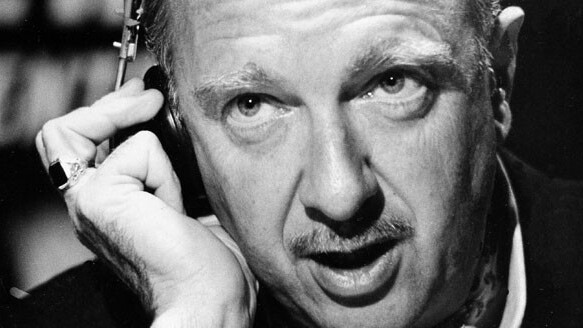
Earlier this month, Google announced that its most successful Google+ feature – Hangouts – would be breaking free of the confines of Google’s own sites and making its first external appearances on NFL.com.
On launch, Google Hangouts represented an evolutionary advancement in the way we do video chat. We’ve long been able to chat with a few friends at once using apps like Skype, but Hangouts brought along features that made the process of starting an informal discussion open to a group of friends so much easier, and included a variety of useful features that facilitated the discussion itself – something that can get messy quickly using Skype video conferencing and other alternatives.
It didn’t take long for broadcasters to catch on to the potential of Hangouts, and Google did their part in making it a useful tool whereby unlimited viewers could watch without directly taking part. Felicia Day, for instance, started the fantasy romance novel book club, Vaginal Fantasy Hangout, a format that has spread through Day’s video company Geek and Sundry with additions such as The Story Board, #parent and MetaDating. These hangouts are in direct contrast to other shows in the company’s stable which are pre-recorded and edited.
Meanwhile, TWiT.TV has been doing live broadcasts for quite some time using more traditional streaming video. Most of its viewers watch the edited shows that are released after the fact, but it is one of only a few participants in this online broadcast movement that is now quite ripe for more adoption.
The next step, to me, seems obvious: live broadcast news, combining what works well about televised journalism with the speed of discovery of the web. Online broadcasters don’t have to slot in their hour on a television schedule, so there’s a great deal of potential to use tools such as Hangouts to deliver news as it comes in.
Sure, it’d be rough around the edges, but it’s one way to get news faster than we already deliver it on sites like The Next Web – where posts can go out within a minute or two if the news is breaking and big – while still allowing users to focus on their own tasks. Text takes up your full attention, but I know many people who have a television going while they work.
Potentially, such a newsroom would retain writers cobbling stories together on the go, but the live broadcaster on duty would be able to read directly from the newsroom feed, delivering information just as fast as we get it (hence the aforementioned roughness – no doubt sometimes news would be announced before it could be verified to a greater extent). This could make a few minutes difference or thirty minutes difference depending on the perceived urgency of the story by our news writers.
Of course, the biggest barrier to this becoming commercially viable is our preference for text. It is the most popular format for delivery of information on the web for several reasons. It can be digested quickly, the speed of which is at the discretion of the reader who can elect to thoroughly read every word or skim through, depending on how important the content is to them. It can be copied and pasted and easily shared. It can be edited before going live, to substantially reduce the risk of making significant errors publicly.
Even pre-recorded video – which is substantially slower than not only live broadcasting but written journalism, too – has advantages over this model. There’s that extra timeframe for fact checking, and extra polish through editing and good scripting.
One of the big questions about bringing live broadcasting for breaking news into online media, then, is how to make sure we can reap the benefits of instantaneous speed without stomping on the journalist’s need to verify and fact-check before making important statements. We don’t want to slander people or companies and we don’t want to give our readership (or viewers) erroneous information. If we sacrifice the quality of journalism for speed, it’s all for naught, really. Still, there are many occasions per day when our source is solid enough that we don’t hesitate to knock out a story with the basics before we dig deeper, and this is where online broadcasting could shine.
One idea Drew Olanoff touched on in the aforementioned NFL piece is of running hangouts for breaking news stories. Instead of an always-on approach, TNW staff would open a hangout as major news breaks. With this approach, the viewer is aware that we are collecting facts around the story as we go, and viewers can tune in when something specifically of interest to them shows up. This process still brings facts to light in a rapid way as it would happen alongside the research process, and may provide a venue for related facts that don’t make it into the final written piece.
Another benefit to Drew’s approach is that instead of a roster of role-specific broadcasters, editors who specialize in the subject in question could run the hangouts and provide more detailed context.
As for you, dear reader, we’d love to hear from you in the comments: would you watch this kind of media? Do you already have a radio or a television going while you work, or prefer less distracting media? Do you care enough about getting news as journalists find it? Or is Twitter going to remain your preferred media for that?
Personally, I am fine with Twitter for staying on top of the latest news. Our workplace is intentionally built on distraction, because we need to stay on top of things as they break, so I minimize the distractions I can and don’t work with anything more than the occasional tune as far as background noise goes. But I still see this as an interesting possibility for the future, and a gaping hole that someone is quite likely to try and fill in the near future.
Get the TNW newsletter
Get the most important tech news in your inbox each week.




